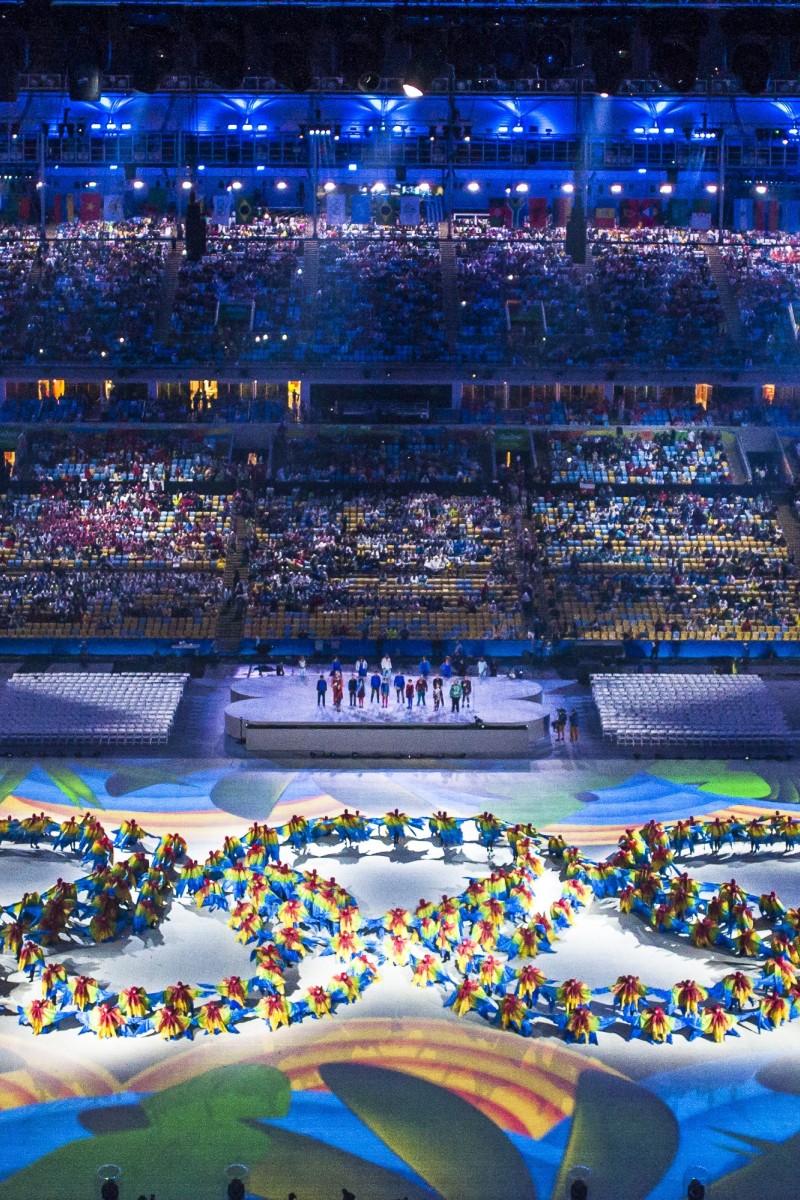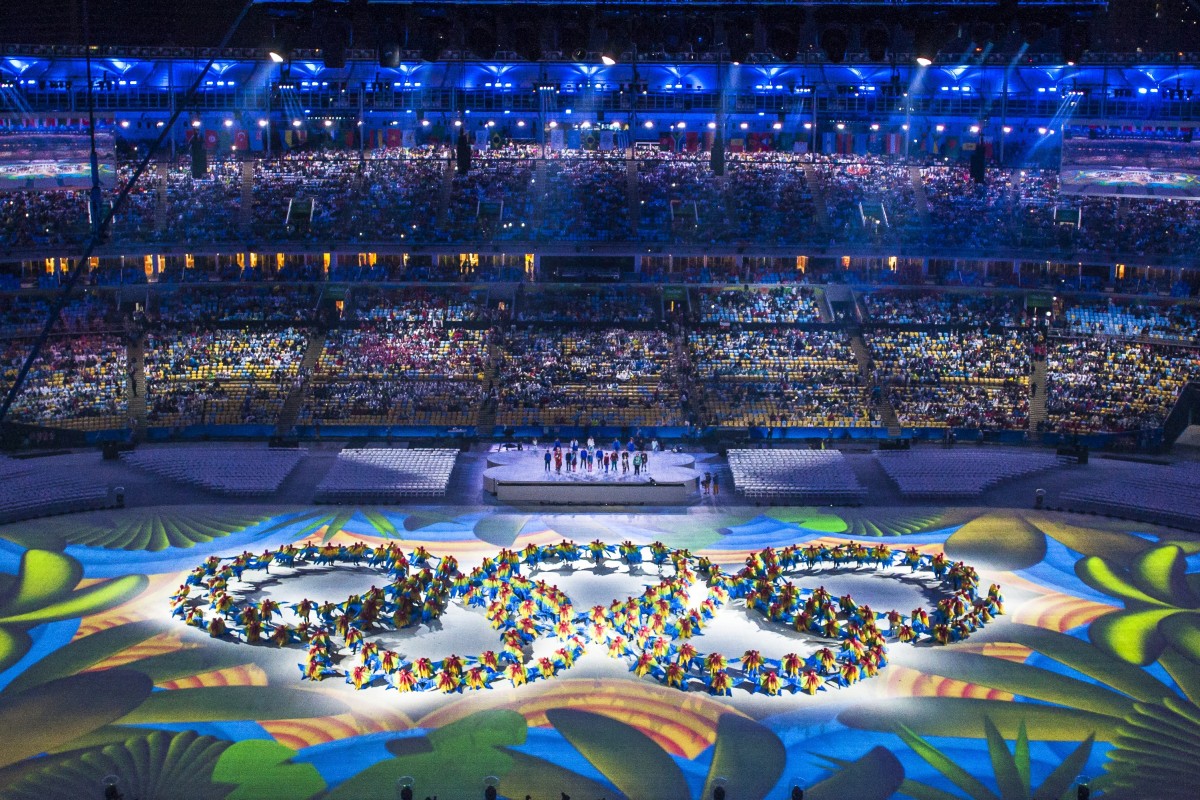
Find out what an Olympics ceremony has in common with a Hollywood blockbuster
If you’ve ever felt moved or awed by the dazzling displays at the Olympic ceremonies, then it has probably been down to the work of Marco Balich
 Did you love the Olympic ceremonies in Rio? Marco Balich designed and produced them.
Did you love the Olympic ceremonies in Rio? Marco Balich designed and produced them.Marco Balich has one of the best jobs in the world. He gets to travel, brings smiles to faces wherever he goes, learns something new every day, and spends other people’s money. How? He designs events like the opening and closing ceremonies for the Olympics.
For such a globe-trotter, though, Balich – who produced the gala opening for the 2006 Winter Olympics in Turin, Italy, as well as the ceremonies at the 2014 Winter Olympics in Sochi, Russia, and the 2016 Summer Olympics in Rio de Janeiro, Brazil – remains very much in touch with his Italian roots.
“I’m Italian. I’m passionate,” he tells Young Post. “I like emotions, I like tears and laughter. I design my shows to impress, move, and touch the hearts of people.”
Balich was in Hong Kong in December last year for Business of Design Week 2017, an annual event on design and innovation hosted in Asia. The designer of emotions, as he is known as, said that he felt like an intruder to the event, as he feels like he’s more of a producer and creative director than a designer.
Curiosity is what drives him as a creative director, and the desire to try something different. That’s often when inspiration strikes.
“Go to an art show, go to a concert,” he advises readers. “Every time you expose yourself [to something new], you create something in your head. Everything is an experience.”
That’s why the Business of Design Week was so interesting for Balich. He was able to listen to and learn what the other speakers at the event had done, and what inspires them.
One of the best things about his job, Balich says, is that he gets to learn a lot about a country’s culture. While he was in the neighbourhood, for example, he checked out a few shows in Macau, and talked to people about their big dreams.
“You have to be very humble and listen to the local culture,” he says. “Always be in the position [where you’re] learning, not stating. [My job is] about providing support to something that’s higher than me and my name.”
Balich says that, although it’s a huge challenge, putting together a show for the Olympics, like the ceremonies he did for Rio 2016, is one of the best parts of his job.
“You can do everything you want. You can [ask] Nasa to develop special effects, you can create the weirdest costumes, and you can compose any kind of music you want.”
An Olympic ceremony takes, on average, two years to plan. It’s like helming a big Hollywood feature film, he tells us, and normally has about the same sort of budget too – a whopping US$200 million.
Balich says he normally breaks down those years into four stages. The first six months are dedicated to building up a creative team that will come up with a narrative for the show; the six months after that are focused on budget and finding ways of making their ideas a reality; the first half of the second year is spent on prototyping costumes, music, the effects, and props; and the final six months are where rehearsals begin.
“The Olympics has its ups and downs,” Balich, who used to be on the Italian junior fencing team, says. “Overall, though, the youthful energy of an athlete trying to achieve a medal is the perfect metaphor for what we love about life.
“It’s not some rich kid on Instagram, it’s someone who may be suffering to achieve something, and [earning] a medal. That’s what gives you goosebumps, not [owning] a Ferrari or partying.”
The Olympics are the best sort of celebrations, according to Balich, because it’s a sporting event that’s open to everybody.
“There is no difference between the rich and the poor,” he says, likening it to a cake of which everyone gets a piece, and calling it a privilege to be able to work on something on such a global scale.
“People get baby blues, but I get ceremony blues,” he jokes. But Balich’s already looking ahead to the next thing – he and his team have a show debuting in Rome, in Italy, next month: Universal Judgment: Michelangelo and the Secrets of the Sistine Chapel in the Vatican City. The one-hour long live show at an auditorium near the Vatican, a collaboration with the Vatican Museums, will examine the artist Michelangelo and the secrets of the Sistine Chapel.
With 10 actors involved in the production, and the venue’s capacity to hold a 1,500-strong audience, Balich says he hopes that the US$10 million production will be his next big success.
